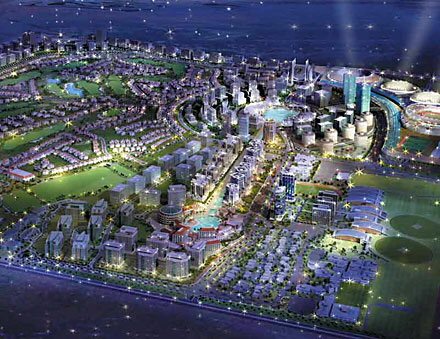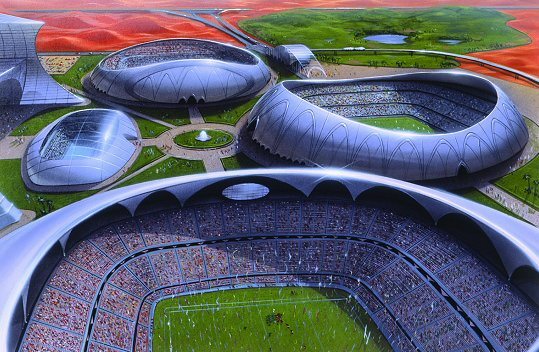The Øresund or Öresund Bridge (Danish: Øresundsbroen, Swedish: Öresundsbron, joint hybrid name: Øresundsbron) is a combined twin-track railway and dual carriageway bridge-tunnel across the Øresund strait.
The bridge connects Sweden and Denmark, and it is the longest road and rail bridge in Europe. The Øresund Bridge also connects two major Metropolitan Areas: those of the Danish capital city of Copenhagen and the major Swedish city of Malmö. Furthermore, the Øresund Bridge connects the road network of Scandinavia with those of Central and Western Europe.
The international European route E20 crosses this bridge-tunnel via the road, and the Öresund Railway Line uses the railway. The construction of the Great Belt Fixed Link – which connects Zealand to Funen and thence to the Jutland Peninsula – and the Øresund Bridge have connected Western and Central Europe to Scandinavia. The Øresund Bridge was designed by the Danish architectural practice Dissing+Weitling.
The justification for the additional expenditure and complexity related to digging a tunnel for part of the way – rather than simply raising that section of the bridge – was to avoid interfering with airliners from the nearby Copenhagen International Airport, and also to provide a clear channel for ships in good weather or bad, and to prevent ice floes from blocking the strait. The Øresund Bridge crosses the border between Denmark and Sweden, but in accordance with the Schengen Agreement and the Nordic Passport Union, there are usually no passport inspections. There are random customs checks at the entrance toll booths for entering Sweden, but not for entering Denmark.
The Øresund Bridge received the 2002 IABSE Outstanding Structure Award.










 I have spent just over a year thinking about the International Green Construction Code (IgCC). I know it has been one year because I received my first copy of the code at Greenbuild 2010. My conclusion today about the code is no different than it was one year ago:
I have spent just over a year thinking about the International Green Construction Code (IgCC). I know it has been one year because I received my first copy of the code at Greenbuild 2010. My conclusion today about the code is no different than it was one year ago:

